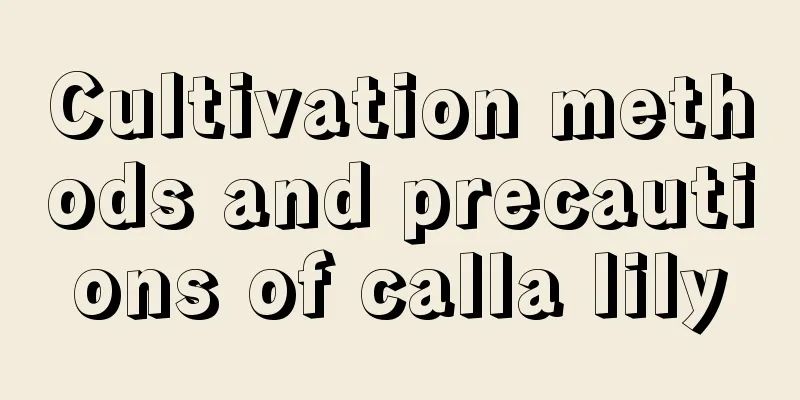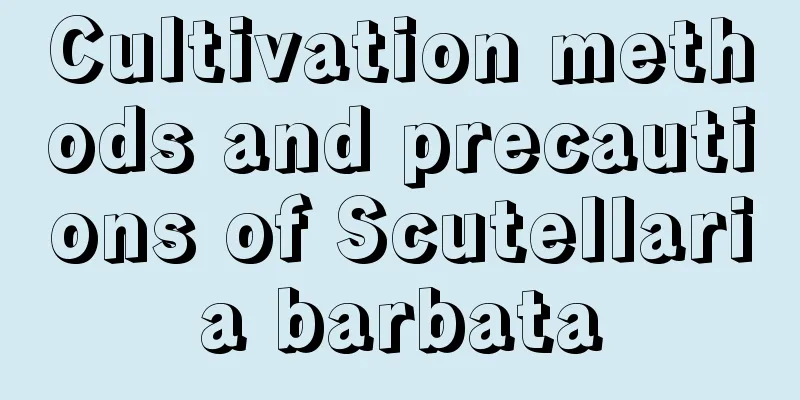How to cultivate Jade Leaf Golden Flower

1. Maintenance methods1. Temperature: The temperature suitable for its development is between 15 and 25 degrees. If the temperature is below zero, it will stop growing and its leaves will fall. Therefore, if planted in the north, anti-freeze measures need to be taken. If the temperature is below five degrees, prevention should be started. 2. Watering: It is relatively drought-resistant, so you need to control the water content during the growing season. If the temperature exceeds 30 degrees, you need to spray water to cool it down, or provide shade. Generally speaking, water is needed two to three times a week during the growing season and once every two days during the non-growing season. 3. Fertilization: After successful planting, fertilizer is needed. It is best to use compound fertilizer, which can provide the plant with comprehensive nutrition. Phosphorus fertilizer should be applied twice during the flowering period to promote the development of flower buds and allow the plant to bloom more beautiful flowers. In addition to fertilizing the roots of the plant, you can also fertilize its branches and leaves, which is called foliar fertilizer. In addition to special foliar fertilizers, you can also use expired beer as foliar fertilizer. 4. Light: It is a positive plant. Whether it is a plant grown in the open air or in a potted plant, it cannot do without sunlight. The daily exposure time must be guaranteed to be more than six hours. In autumn and winter, the amount of sunlight should be increased, and it is best to expose it all day. 2. Breeding techniques1. Reproduction: It can be propagated by sowing. Put the collected seeds in a cool place to dry and then you can sow them. The sowing time is from the beginning of summer to the grain full. Before sowing, soak the seeds in 2% potassium permanganate for two hours. Take them out and dry the liquid on the surface of the seeds before sowing. Generally, the seedlings will emerge in a week. 2. Pruning: During its growth process, the plant needs to be constantly topped off to promote the growth of side branches. In addition to pinching, you also need to cut off branches that grow too long, or you can pull and shape them according to your preference. At the same time, you can cut off the dead branches together. 3. Problem Diagnosis1. No flowering: If the plant does not bloom, it may be because the temperature is abnormal. This problem can be solved by simply controlling the temperature between 15 and 25 degrees. 2. Yellowing of branches and leaves: Yellowing of branches and leaves of the plant may be caused by insufficient light. The amount of light needs to be increased slowly, and the daily light time must be ensured to be more than six hours. IV. Other issues1. Toxicity: It is non-toxic. Not only is it non-toxic, but its stems, leaves and roots can also be used as medicine. 2. Can it be raised indoors?: It can be raised indoors. |
Recommend
Cultivation methods and precautions of five-color red camellia
The five-color red camellia is a relatively easy-...
What kind of fertilizer is good for peach trees (base fertilizer application method)
The role of peach tree base fertilizer When plant...
How to prune Schefflera
When to prune Schefflera It is best to prune Sche...
Can the goldfish plant be repotted in summer? What should be paid attention to when watering and maintaining it after potting?
Can the goldfish plant be repotted in summer? The...
What to do if the bear's paw grows too tall
Changes after elongation: The leggy growth of suc...
Is it auspicious to place a jade tree at home?
1. Is it auspicious to place it at home? It is ve...
Planting two kinds of plants together can double the air purification effect
Golden partner: Chang Diao combination Placement:...
How to grow green radish so that it will bloom
1. Environment If you want it to bloom out of the...
Can orange seeds be planted?
Can orange seeds be planted? Orange seeds can be ...
How to prune Christmas cactus to make the leaves lush and the flowers bloom
Christmas cactus is a flowering plant that many p...
Does Popeye geranium bloom frequently?
Popeye geranium is native to South Africa. It is ...
What fertilizer should be used for jujube trees to make them big and sweet? What fertilizer should be used for jujube seedlings to make them grow fast and bear more fruits?
If we want to grow big and sweet jujube trees, fe...
Planting of precious medicinal herbs
1. Planting time There are many kinds of precious...
How to grow perfume orchid
1. Soil To grow perfume orchids, you need to use ...
How to grow daffodils well
1. Lighting Daffodils like sunny places. They are...









